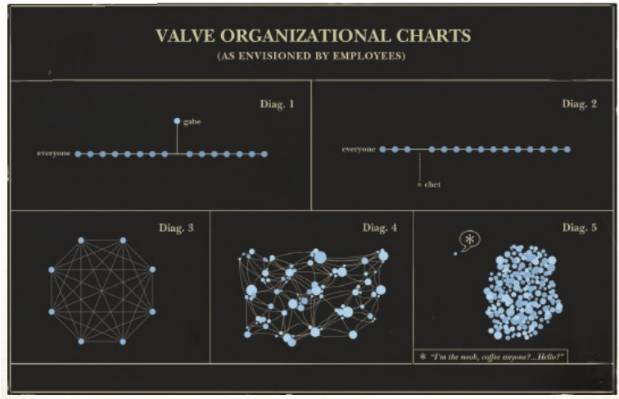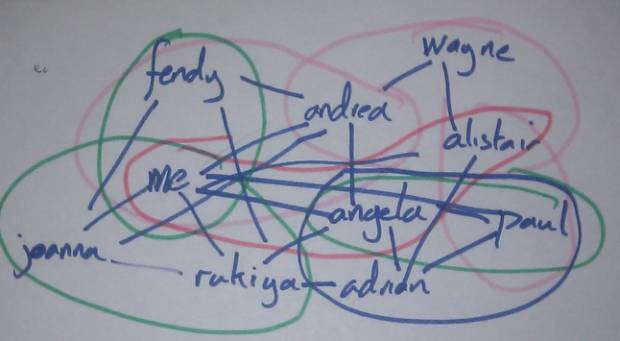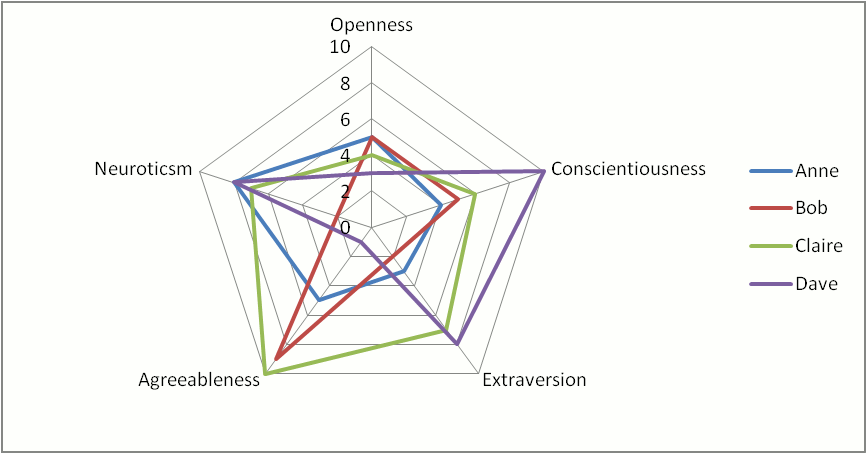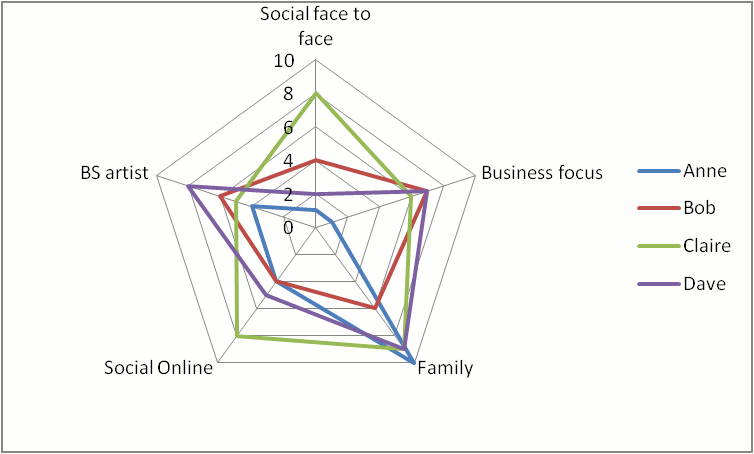Sorry, here I go again. I just read Steve Hunt’s post: http://www.tlnt.com/2014/08/04/performance-management-we-wont-fix-the-problem-by-ignoring-it/
Stop ignoring #performancemanagement! @steventhunt explains how to motivate employees with performance ratings http://t.co/Xe7FHSwVUP #HR
— SuccessFactors (@successfactors) August 5, 2014
And of course I’m all worked up. Why? Two reasons.
Firstly, I strongly disagree on the premise that performance management actually achieves improvements for the employees that are being “managed”. This is using Steve Hunt’s own definition of performance management:
Standardized and defined processes used to communicate job expectations to employees, evaluate employees against those expectations, and utilize these evaluations to guide talent management decisions related to compensation, staffing and development.
This has nothing to do with motivating and improving employees. It’s all about figuring out what is the smallest amount you can get away with paying your staff.
A process that can actually help employees improve is by working with them to find out their interests, find out what they want to do and shape their work around that. This isn’t the world of Gen-X and Boomers any more. People are far more interested in making work part of their life and life part of their work. Will they do that if there is a regimented process that is going to measure them against the cookie cutter mould? No, they won’t. Because no employee is exactly alike and no employer that wants to get the best out of their employees is going to manage that by trying to shape an employee to the employers expectation. We need instead to understand the great whole of the employee’s values and use that to motivate them. An employee that is doing what they feel is valuable and feels that the company supports them in this is far more likely to perform well than one that does not.
We have the tools (in a creepy big brother kinda way) to be able to analyse far more than just our employee’s achievement of our stated corporate goals, but also the interests, engagements, networks and influences of our employees. By better understanding our employees, and then aligning our business goals with their goals, we stand so much more chance of motivating and retaining talent.
Remunerate at the market rate for the skills that the employee possesses, if they gain more skills then pay more. Or if those skills have nothing to do with your business, don’t try and hold on to someone who would be happier elsewhere. Likewise, if the desires of the employee do not align with your corporate goals, don’t attempt to force the employee to comply, you are both better off without each other. Have the frank discussion that their desires and your goals don’t align at all. If their goal is to sit and eat chocolate and drink coffee all day and you don’t have a coffee and chocolate tasting role in your company, then it’s probably not going to work out. But it is good to know this – it’s time to move this employee on. Not because they don’t do what they are supposed to do, but because they have no desire to be doing it. Be frank, you can’t get rid of them if they are doing a reasonable job, but they will never be stellar unless _they_ want to do the work.
Now, I’m sure that this approach isn’t going to work in many, if not most, industries. If you have a load of jobs that people will only do if they are paid enough to suffer through, then this approach will not work. In this case fall back on Steve’s approach, just realise you’re very unlikely to develop or retain any talent.
However, if you are in an industry where people (or at least some of them) work because they love doing the work and are enthused about being the best, then I think my approach has some real advantages. Of course you will get and hire bad apples. This is where I believe performance management comes in. You now attempt to manage that person out of the company and ensure that you are not at legal risk by following a clear process. I’m sure there are risks in only performance managing those you’d rather have leave the company, but there are certainly rewards too.
And now to my second point of why I’m unhappy with this article. It was written by someone with the job title Senior Vice President of Customer Value at SuccessFactors/SAP Cloud HCM.
If this is what SuccessFactors believes will drive more customer value, then I’m very worried that innovative and alternative approaches to making talent management work are not likely to get a great reception.
I strongly agree with Steve that we need to find out and measure how well our people are doing, but that does not need to be against a defined set of company goals, but against an slightly less well defined set of individual personal goals that the company can hopefully align with and benefit from. I believe that the next step for talent management solutions like SuccessFactors is to help employers with the analysis of who their employees are and what they want. Then use that information to help align both the business’s needs and the employee’s desires. It’s a huge technical challenge but we have to start somewhere. By at least acknowledging that there might be better ways of doing things rather than just dismissing them, we’d be making a first step in the right direction.
Companies that start to embrace the holistic view of the employee rather than the company centric one will, I believe, start to reap the rewards.
I could well be just dreaming, but at least I’ll be dreaming with some of the most motivated and enthusiastic people around who are all trying to achieve their goals in my company.







